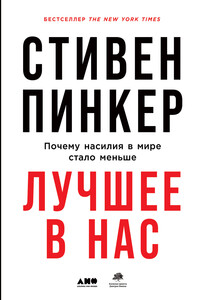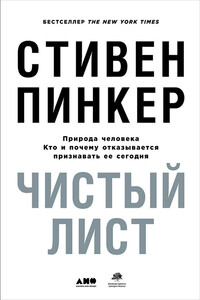. New York: Oxford University Press.
Trzesniewski, K. H., & Donnellan, M. B. 2010. Rethinking “generation me”: A study of cohort effects from 1976–2006. Perspectives on Psychological Science, 5, 58–75.
Tupy, M. L. 2016. We work less, have more leisure time and earn more money. HumanProgress. http:// humanprogress.org/blog/we-work-less-have-more-leisure-time-and-earn-more-money.
Tversky, A., & Kahneman, D. 1973. Availability: A heuristic for judging frequency and probability. Cognitive Psychology, 4, 207–32.
Twenge, J. M. 2000. The age of anxiety? Birth cohort change in anxiety and neuroticism, 1952–1993. Journal of Personality and Social Psychology 79, 1007–21.
Twenge, J. M. 2014. Time period and birth cohort differences in depressive symptoms in the U.S., 1982–2013. Social Indicators Research, 121, 437–54.
Twenge, J. M., Campbell, W. K., & Carter, N. T. 2014. Declines in trust in others and confidence in institutions among American adults and late adolescents, 1972–2012. Psychological Science, 25, 1914–23.
Twenge, J. M., Gentile, B., DeWall, C. N., Ma, D., Lacefield, K., et al. 2010. Birth cohort increases in psychopathology among young Americans, 1938–2007: A cross emporal meta nalysis of the MMPI. Clinical Psychology Review, 30, 145–54.
Twenge, J. M., & Nolen oeksema, S. 2002. Age, gender, race, socioeconomic status, and birth cohort differences on the children’s depression inventory: A meta nalysis. Journal of Abnormal Psychology, 111, 578–88.
Twenge, J. M., Sherman, R. A., & Lyubomirsky, S. 2016. More happiness for young people and less for mature adults: Time period differences in subjective well eing in the United States, 1972–2014. Social Psychological and Personality Science, 7, 131–41.
ul Haq, M. 1996. Reflections on human development. New York: Oxford University Press.
UNAIDS: Joint United Nations Program on HIV/AIDS. 2016. Fast rack: Ending the AIDS epidemic by 2030. Geneva: UNAIDS.
Union of Concerned Scientists. 2015a. Close calls with nuclear weapons. http://www.ucsusa.org/sites/default/files/attach/2015/04/Close%20Calls%20with%20Nuclear%20Weapons.pdf.
Union of Concerned Scientists. 2015b. Leaders urge taking weapons off hair-trigger alert. http://www.ucsusa.org/nuclear-weapons/hair-trigger-alert/leaders#.WUXs6evysYN.
United Nations. 1948. Universal Declaration of Human Rights. http://www.un.org/en/universaldeclaration-human-rights/index.html.
United Nations. 2015a. The Millennium Development Goals Report 2015. New York: United Nations. United Nations. 2015b. Millennium Development Goals, goal 3: Promote gender equality and empower women. http://www.un.org/millenniumgoals/gender.shtml.
United Nations Children’s Fund. 2014. Female genital mutilation/cutting: What might the future hold? New York: UNICEF.
United Nations Development Programme. 2003. Arab Human Development Report 2002: Creating opportunities for future generations. New York: Oxford University Press.
United Nations Development Programme. 2011. Human Development Report 2011. New York: United Nations.
United Nations Development Programme. 2016. Human Development Index (HDI). http://hdr.undp.org/en/content/human-development-index-hdi.
United Nations Economic and Social Council. 2014. World crime trends and emerging issues and responses in the field of crime prevention and criminal justice. https://www.unodc.org/documents/data-and-analysis/statistics/crime/ECN.1520145_EN.pdf.
United Nations Food and Agriculture Organization. 2012. State of the world’s forests 2012. Rome: FAO.
United Nations Food and Agriculture Organization. 2014. The state of food insecurity in the world. Rome: FAO.
United Nations Office for Disarmament Affairs. (Undated.) Treaty on the non roliferation of nuclear weapons (NPT). https://www.un.org/disarmament/wmd/nuclear/npt/text.
United Nations Office of the High Commissioner for Human Rights. 1966. International covenant on economic, social and cultural rights. http://www.ohchr.org/EN/ProfessionalInterest/Pages/CESCR.aspx. United Nations Office on Drugs and Crime. 2013. Global study on homicide.






